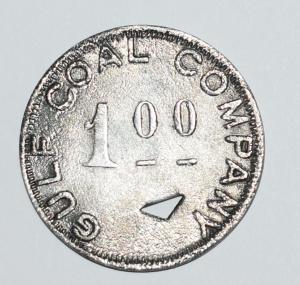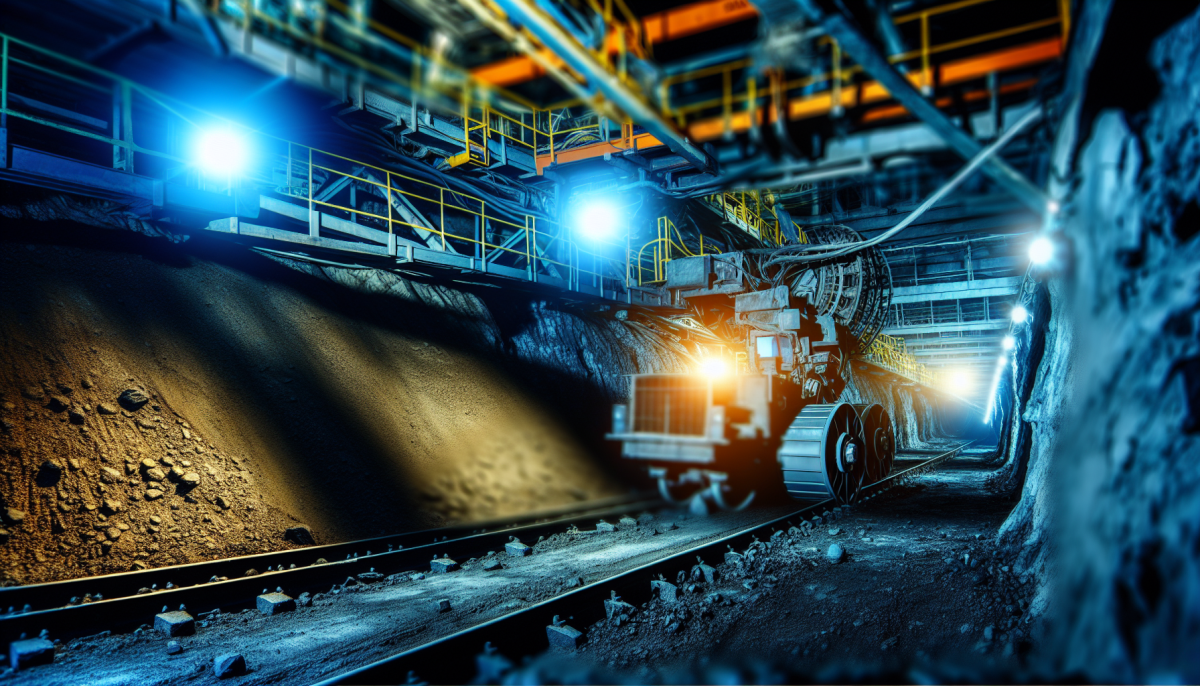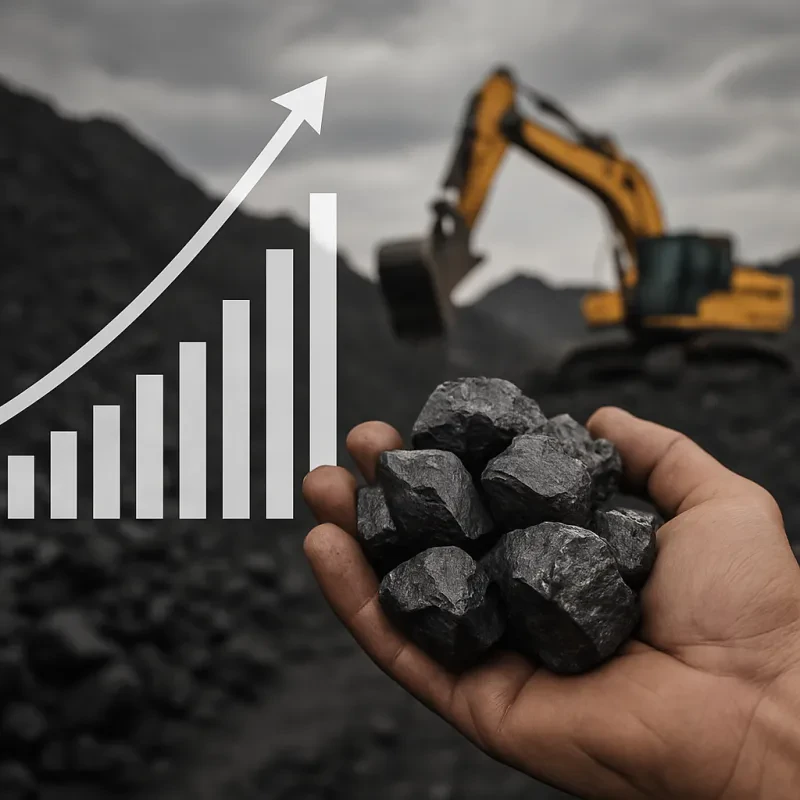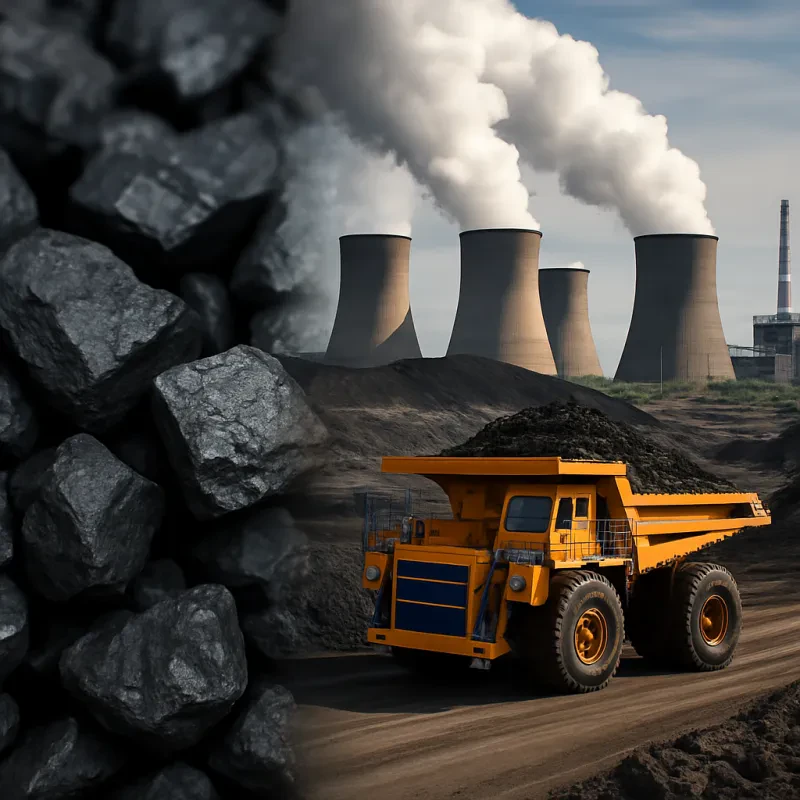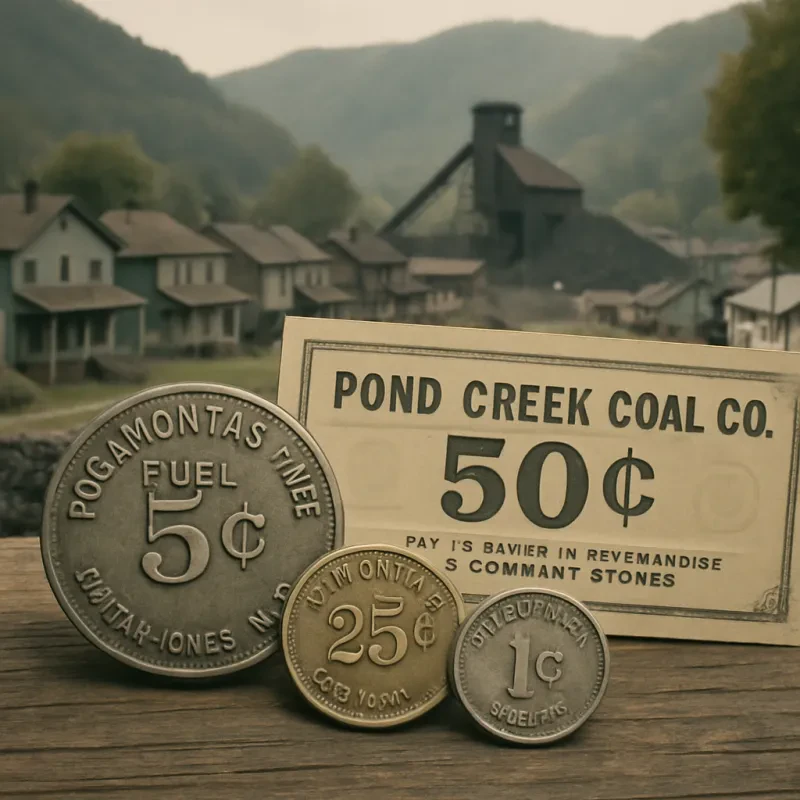Understanding Longwall Mining: A Detailed Overview
Longwall mining represents a highly efficient method of coal extraction, distinguishing itself through its technique, productivity, and significant contribution to the coal industry. This article delves into the intricacies of longwall mining, exploring its methodology, advantages, and its application within some of the largest coal mines in the United States.
What is Longwall Mining?
Longwall mining is a form of underground coal mining where a long wall of coal is mined in a single slice, typically 0.6–1.0 meters thick. The longwall panel (the block of coal that is being mined) is typically 3–4 km long and 250–400 meters wide. The mining process involves the use of a large cutting machine, the longwall shearer, which moves back and forth across the face of the coal seam, slicing off coal, which then falls onto a conveyor belt for removal. As the shearer progresses along the face, hydraulic-powered roof supports move forward and allow the roof behind them to collapse in a controlled manner, a process known as caving.
Efficiency and Productivity
Longwall mining is recognized for its high level of productivity and efficiency. Unlike traditional room and pillar mining, which leaves behind coal pillars to support the mine roof, longwall mining extracts more of the coal seam, with recovery rates that can exceed 75%. The automated nature of longwall mining significantly reduces the need for manual labor, thereby enhancing safety and productivity. The use of advanced machinery allows for the continuous extraction of coal, minimizing downtime and maximizing output.
One of the critical factors contributing to the efficiency of longwall mining is the capacity to control the environment at the coal face. By managing the roof and minimizing the exposure to hazardous conditions, longwall mining offers a safer alternative to other underground mining methods. Additionally, the automated systems employed in longwall mining reduce the variability in performance, leading to more predictable and consistent production rates.
Impact on the U.S. Coal Industry
Longwall mining plays a pivotal role in the U.S. coal industry, particularly in regions where coal seams are too deep for surface mining techniques. It allows for the extraction of coal from seams that would otherwise be inaccessible, contributing significantly to the country's coal production.
Largest Coal Mines Utilizing Longwall Mining in the US
- The North Antelope Rochelle Mine (Wyoming): Although primarily known for its surface mining operations, sections of this mine utilize longwall mining techniques to access deeper coal seams. As the largest coal mine in the United States, North Antelope Rochelle Mine underscores the scalability of longwall mining in contributing to massive coal production volumes.
- The Black Thunder Mine (Wyoming): Similar to the North Antelope Rochelle Mine, Black Thunder also combines surface and underground mining practices to optimize coal extraction. Its adoption of longwall mining techniques showcases the method's adaptability to different geological conditions and its role in enhancing the overall output of the mine.
These examples underscore longwall mining's significant contribution to the U.S. coal industry, enabling the efficient extraction of coal from deep underground seams and bolstering the nation's energy production capabilities.
Longwall mining stands as a testament to the evolution of coal mining techniques, offering a blend of efficiency, productivity, and safety that traditional methods struggle to match. Its role in the U.S. coal industry, particularly within some of the country's largest mines, highlights its importance in meeting energy demands and its adaptability to various mining conditions. As the coal industry continues to navigate the challenges of the 21st century, longwall mining will undoubtedly remain a key player in its ongoing story.

